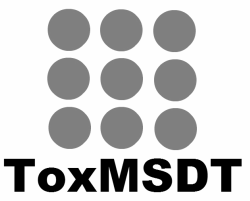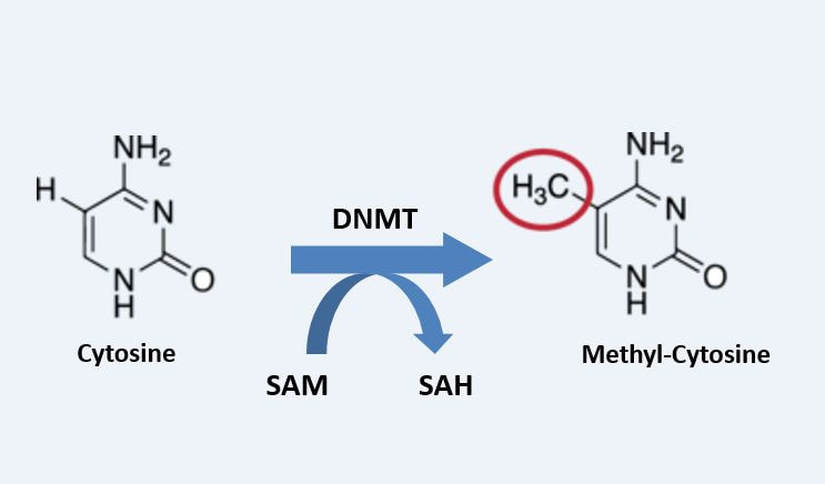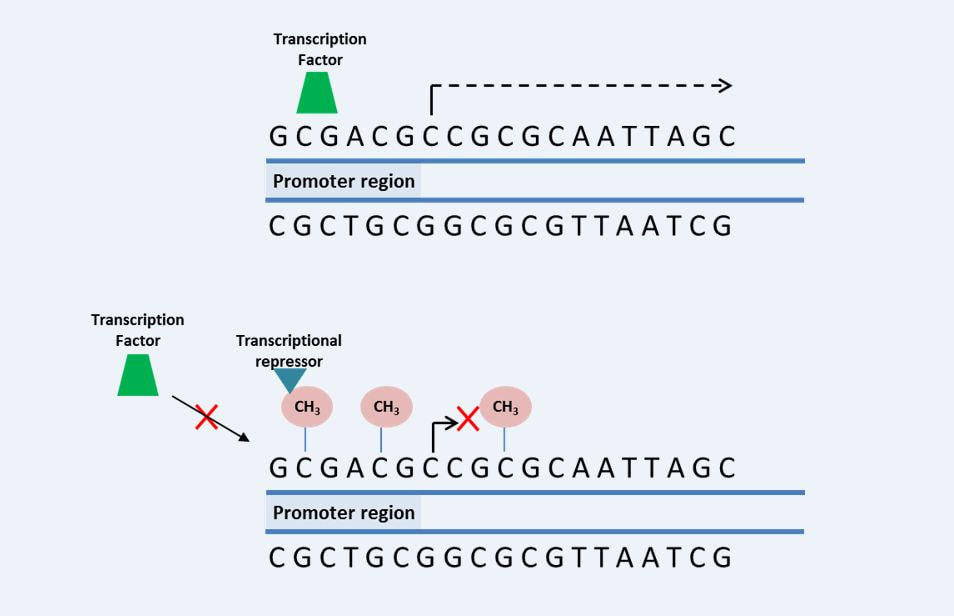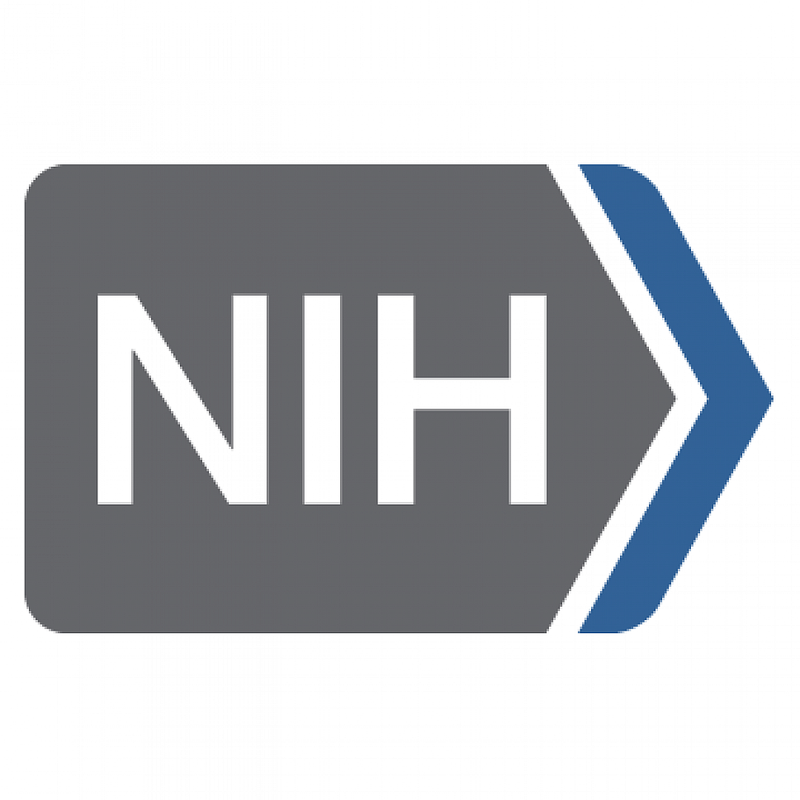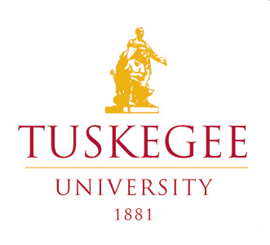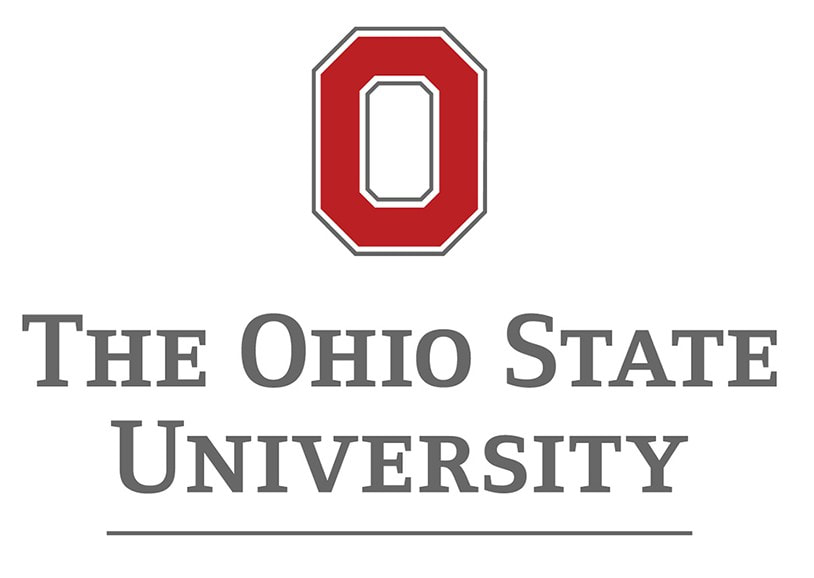Subtopic 4.2: DNA Methylation
DNA methylation is a covalent modification of DNA, in which a methyl group is transferred from S-adenosylmethionine (SAM), that is converted to S-adenosylhomocisteine (SAH), to the 5 position of cytosine by a family of enzymes known as DNA methyltransferases (DNMT).
DNA methylation occurs predominantly in cytosines located in proximity of guanines, known as CpG dinucleotides (CpGs) or CpG island. These CpG island are found in promoter region of genes. The methyl group inhibits the binding of transcription factors to their recognition site, resulting in inhibition of gene transcription. Furthermore, the methyl group may attract other proteins know as transcriptional repressors that contributes for inhibition of gene transcription.
DNA methylation occurs predominantly in cytosines located in proximity of guanines, known as CpG dinucleotides (CpGs) or CpG island. These CpG island are found in promoter region of genes. The methyl group inhibits the binding of transcription factors to their recognition site, resulting in inhibition of gene transcription. Furthermore, the methyl group may attract other proteins know as transcriptional repressors that contributes for inhibition of gene transcription.
